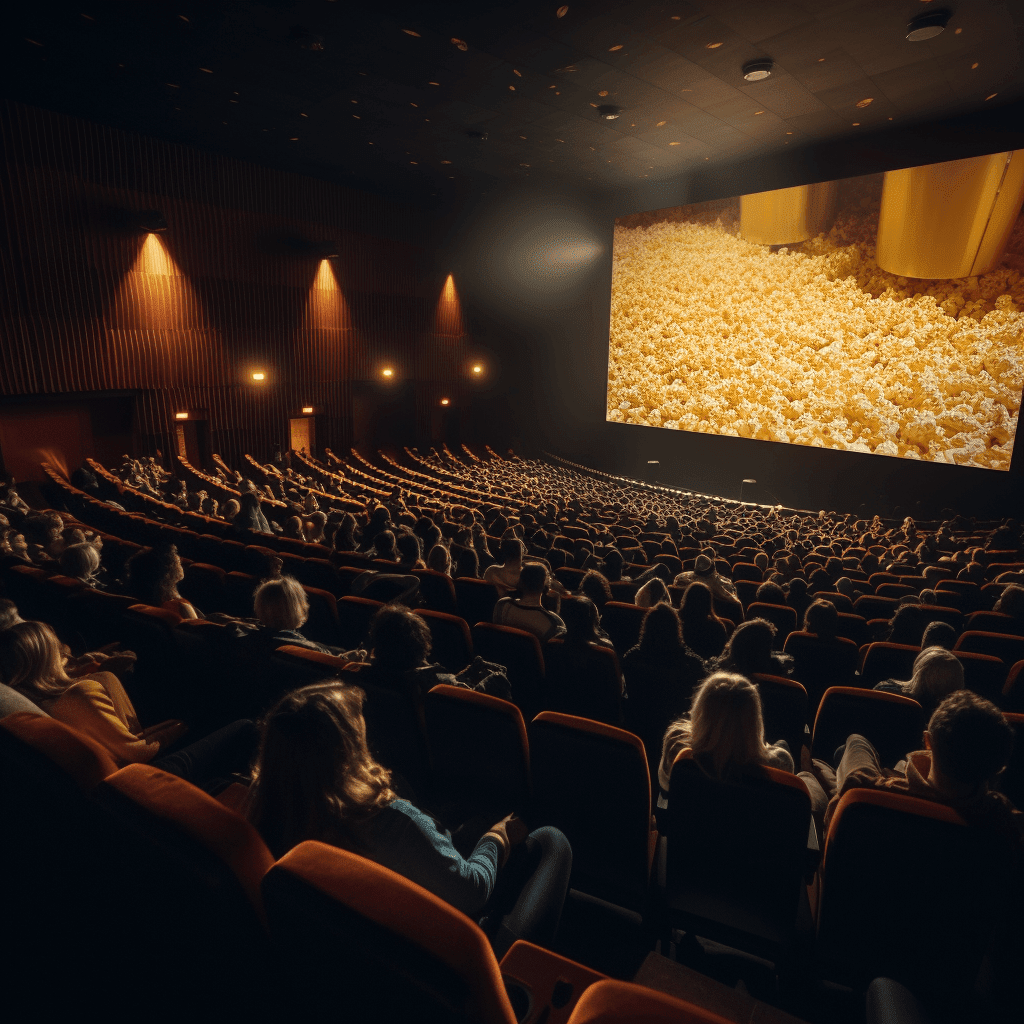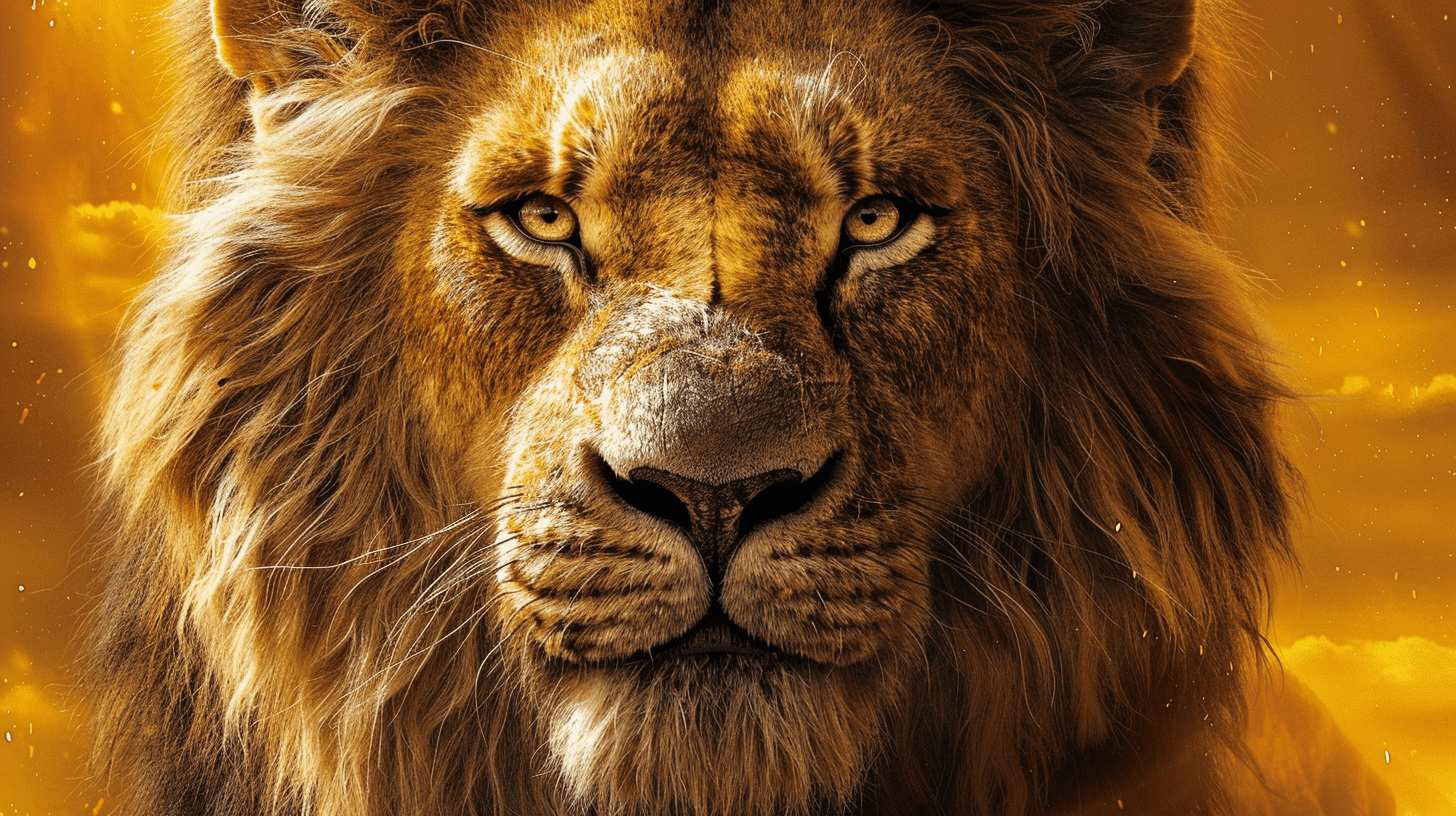What's After the Blog?
History • Criticism
Analyzing the Use of Symbolism in Film
Explore the captivating world of symbolism in film, unraveling its profound impact on storytelling through case studies of iconic movies, and discover how directors use symbols to enhance cinematic narratives.
October 26, 2024

Movies mentioned in this article
Analyzing the Use of Symbolism in Film
Introduction
Symbolism in film is a powerful tool that filmmakers use to convey deeper meanings, emotions, and themes. Just as literature employs symbols and metaphors to enhance storytelling, cinema harnesses the visual language to create a profound impact on the audience. In this exploration of the world of symbolism in film, we’ll delve into the significance of this artistic technique and its role in cinematic storytelling. Symbolism in the context of cinema refers to the use of symbols, motifs, and visual metaphors to represent ideas, emotions, or concepts beyond their literal meaning. It is a language of imagery that enriches the narrative, engages the audience on a deeper level, and often leaves a lasting impression.
The Power of Visual Metaphors
At the heart of symbolism in film lies the power of visual metaphors. These are elements within a movie that carry meaning beyond their surface appearance. Visual metaphors can take various forms, including objects, colors, animals, or even recurring themes. Their purpose is to evoke emotions, provoke thoughts, and convey messages without the need for explicit dialogue or exposition. Examples of visual metaphors in film are plentiful. Consider the iconic red rose in American Beauty, which symbolizes both beauty and decay, reflecting the complexities of the characters’ lives. Another powerful example is the feather in Forrest Gump, which symbolizes destiny and the interconnectedness of life events.
Did You Know?
In The Shawshank Redemption, the symbolic use of the Rita Hayworth poster in Andy Dufresne’s prison cell represents his aspiration for freedom and the hope of a better life.
Symbols and visual metaphors have the remarkable ability to evoke emotions and provoke thought, making them an essential aspect of cinematic storytelling.
Symbolism Across Film Genres
Symbolism in film is a versatile tool that transcends genres, adding depth and layers to storytelling across various cinematic categories. Whether you’re watching a gripping drama, a spine-tingling horror, a futuristic science fiction, or a fantastical adventure, you’ll find that symbols and motifs play a crucial role in enhancing the overall impact of the movie.
In a drama, for example, the ticking clock on a character’s desk can symbolize the passage of time and the urgency of a decision. In a horror film, a dark and eerie forest can represent the unknown and evoke fear. Science fiction movies often use futuristic technology or alien artifacts as symbols of advancement or existential questions. Meanwhile, in the realm of fantasy, the sword Excalibur in the Arthurian legend symbolizes power and destiny.
Symbols and visual metaphors are adapted to suit the themes and atmospheres of different film genres, adding layers of meaning that resonate with the audience.
Discover movies across various genres and uncover the use of symbolism in each one. Explore now
In the next sections, we will delve deeper into how directors employ symbolism in their films and answer some common user queries related to the subject.
The Director’s Vision
In the realm of filmmaking, the director holds a pivotal role in shaping the use of symbolism. Directors are the visionary architects behind a movie, responsible for translating a script into a visual and emotional experience. Their creative decisions encompass everything from casting and cinematography to storytelling techniques and, crucially, the integration of symbolism.
Directors often work closely with cinematographers and production designers to bring their vision to life. Together, they make deliberate choices about the use of color, lighting, framing, and set design to convey underlying messages and themes. These choices can be subtle, such as the use of a recurring color palette, or more overt, like the placement of a key object within a scene.
Let’s explore how directors employ symbolism to enhance cinematic storytelling: 1. Visual Aesthetics: Directors use symbolism to enhance the visual aesthetics of a film. They select colors, compositions, and visual motifs that resonate with the movie’s themes and characters. For instance, in The Matrix, the green-tinted scenes within the Matrix itself symbolize the simulated reality, setting it apart from the real world. 2. Character Development: Symbols can also be used to deepen character development. A character’s interaction with certain objects or symbols can reveal their inner struggles, desires, or growth throughout the story. In The Great Gatsby, the green light across the bay symbolizes Jay Gatsby’s unattainable dreams and his unwavering pursuit of them. 3. Foreshadowing and Plot: Directors leverage symbolism for foreshadowing and advancing the plot. Objects or elements introduced early in a film may hold significance later on. In Fight Club, the recurring appearance of soap foreshadows the reveal of the protagonist’s split personality. 4. Mood and Atmosphere: Symbolism can shape the mood and atmosphere of a movie. The choice of lighting, whether stark and harsh or soft and diffused, can evoke specific emotions in the audience. In Blade Runner, the constant rain and neon-lit cityscape symbolize the bleak, dystopian future. 5. Cultural and Historical References: Directors often incorporate cultural and historical references as symbols to enrich the narrative. These references can add layers of meaning accessible to viewers with the cultural knowledge to interpret them. In Apocalypse Now, the use of Wagner’s “Ride of the Valkyries” during a helicopter attack scene is a symbol of the destructive power of war.
In essence, directors are storytellers who communicate not only through dialogue and action but also through the visual language of symbolism. Their ability to weave symbols into the fabric of a film adds depth, complexity, and nuance to the storytelling, inviting audiences to engage on multiple levels.
User Queries Answered
Q1: “What are some famous symbols in movies and what do they represent?”
In cinema, there are several iconic symbols that have left a lasting impact on audiences. Here are a few noteworthy examples:
- The red pill and blue pill in The Matrix symbolize choice and the quest for truth.
- The rosebud in Citizen Kane represents the enigma of a man’s life.
- The white rabbit in Alice in Wonderland symbolizes curiosity and the pursuit of adventure.
- The infinity gauntlet in Avengers: Infinity War symbolizes absolute power and its consequences.
These symbols, among many others, have become cultural touchstones and continue to spark discussions and interpretations. Q2: “How does symbolism enhance storytelling in cinema?”
Symbolism enhances storytelling in cinema by adding layers of meaning, depth, and emotional resonance to the narrative. It allows filmmakers to convey complex ideas, character development, and thematic elements visually, engaging the audience on a profound level. Symbols can evoke emotions, provoke thought, and leave a lasting impression, making them an integral part of cinematic storytelling.
In the upcoming sections, we will explore how symbolism is adapted across different film genres and delve into case studies of notable movies that excel in their use of symbolism.
Symbolism Across Film Genres
The world of cinema is diverse, and each film genre offers a unique canvas for the use of symbolism. While the fundamental principles of symbolism remain constant, the way symbols are employed can vary significantly based on the genre’s themes and atmospheres. Let’s explore how symbolism is adapted across different film genres:
Drama
In drama, symbolism often takes on a more subtle and introspective role. It delves into the complexities of human emotions, relationships, and moral dilemmas. Symbolic elements in drama films can be found in everyday objects, settings, and character actions. For example, a recurring chess game in The Seventh Seal symbolizes the existential struggle of the characters against death itself. The use of mirrors in Birdman reflects the protagonist’s self-examination and quest for identity.
Horror
Horror films employ symbolism to create tension, fear, and psychological unease. Symbols in this genre frequently revolve around the supernatural, darkness, and the unknown. A classic example is the use of a haunted house in The Shining, symbolizing the protagonist’s descent into madness and the sinister forces at play. In The Babadook, the titular character symbolizes grief and trauma, haunting the main character’s life.
Science Fiction
Science fiction movies often explore futuristic concepts, advanced technology, and existential questions. Symbols in this genre can manifest as futuristic gadgets, alien artifacts, or futuristic landscapes. In Blade Runner, the use of eyes as a recurring motif symbolizes the search for humanity in artificial beings. The monolith in 2001: A Space Odyssey symbolizes the evolution of human consciousness and the unknown possibilities of space.
Fantasy
Fantasy films transport viewers to magical realms filled with mythical creatures and epic adventures. Symbolism in fantasy can be whimsical or profound, reflecting the hero’s journey and the battle between good and evil. The One Ring in The Lord of the Rings symbolizes power and corruption, driving the narrative’s central conflict. The White Tree of Gondor represents hope and the rightful ruler in the same saga.
User Queries Answered
Q1: “How does symbolism differ in various film genres?”
Symbolism varies across film genres due to differences in themes, moods, and storytelling objectives. In drama, it tends to be subtle and introspective, focusing on human emotions and moral dilemmas. In horror, symbolism creates fear and unease, often revolving around the supernatural. Science fiction explores futuristic concepts, and fantasy uses symbolism to enhance mythical narratives and hero’s journeys. Q2: “Can you provide examples of symbolism in different genres?”
Certainly! Here are examples of symbolism in various film genres:
- Drama: The Seventh Seal uses a recurring chess game to symbolize the characters’ struggle against death.
- Horror: The Shining employs a haunted house to symbolize madness and malevolent forces.
- Science Fiction: Blade Runner uses eyes as a motif to explore humanity in artificial beings.
- Fantasy: The Lord of the Rings features the One Ring symbolizing power and corruption.
These examples illustrate how symbolism adapts to the unique characteristics of each genre.
Case Studies: Symbolism in Film
To gain a deeper understanding of how symbolism functions in cinema, let’s dive into some case studies of notable films celebrated for their effective use of symbols, metaphors, and visual motifs. These films demonstrate how symbolism can elevate storytelling to profound heights:
1. The Tree of Life (2011)
Terrence Malick’s masterpiece, The Tree of Life, is a poetic exploration of life, nature, and the cosmos. The film employs stunning visual metaphors, including the birth of the universe, the tree of life itself, and the flowing water, to symbolize the interconnectedness of all existence. These symbols serve as a reflection on the characters’ personal journeys and the universal human experience.
2. Pan’s Labyrinth (2006)
Guillermo del Toro’s dark fantasy film, Pan’s Labyrinth, is a treasure trove of symbolism. The faun, the pale man, and the labyrinth itself are rich in allegorical meaning. The film uses these symbols to explore the protagonist’s journey of self-discovery and resistance against oppressive forces. The faun, in particular, represents the moral ambiguity of the choices we make in the face of evil.
3. Inception (2010)
Christopher Nolan’s mind-bending thriller, Inception, is a labyrinth of symbolism within the realm of dreams. The spinning top, the totem, becomes a symbol of reality and the question of whether we can truly distinguish between dream and waking life. The film challenges our perception and invites us to ponder the nature of reality itself.
These case studies exemplify how directors harness symbolism to enrich their narratives, provoke thought, and create memorable cinematic experiences. Each symbol in these films carries layers of meaning, inviting viewers to interpret and engage with the story on a deeper level.
Conclusion
In the world of cinema, symbolism serves as a bridge between the conscious and the subconscious, the explicit and the implicit. It allows filmmakers to communicate complex ideas, emotions, and themes without the need for explicit exposition. As we’ve explored in this journey through the use of symbolism in film, it is a language of imagery that transcends borders and languages.
Filmmakers, with their visionary storytelling, bring these symbols to life, inviting audiences to decode and interpret their significance. Symbolism enhances the cinematic experience, making it a rich and rewarding form of artistic expression.
As you continue your cinematic adventures, remember to keep an eye out for the symbols that enrich the stories you encounter. They are the keys to unlocking hidden depths within the world of cinema.
Discover More on ATM:
Dive deeper into the world of cinema and explore a diverse range of movies that employ symbolism in unique and captivating ways. Explore now.
Continue reading

What's After the Movie?
Not sure whether to stay after the credits? Find out!
Check out our other apps:
Actors
Companies
Latest Movies
© 2025 What's After the Movie. All rights reserved.
























